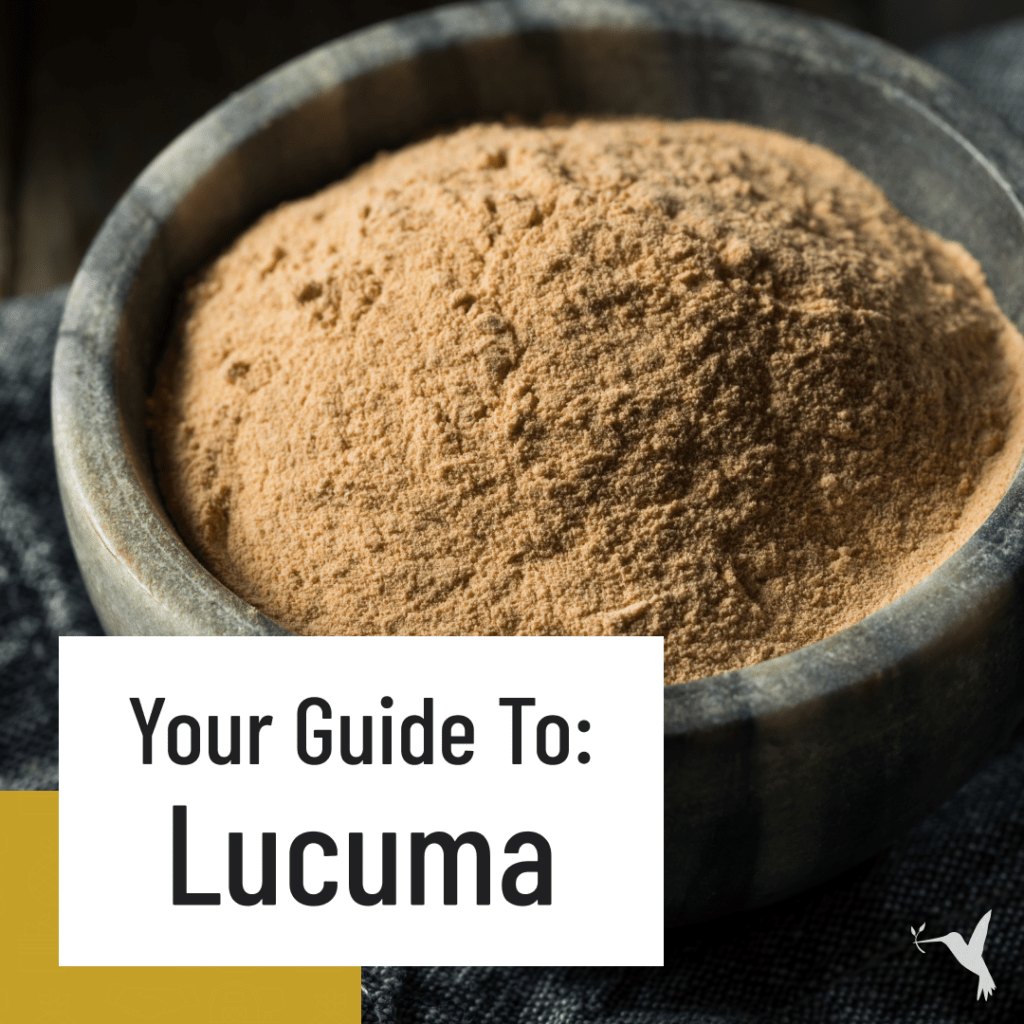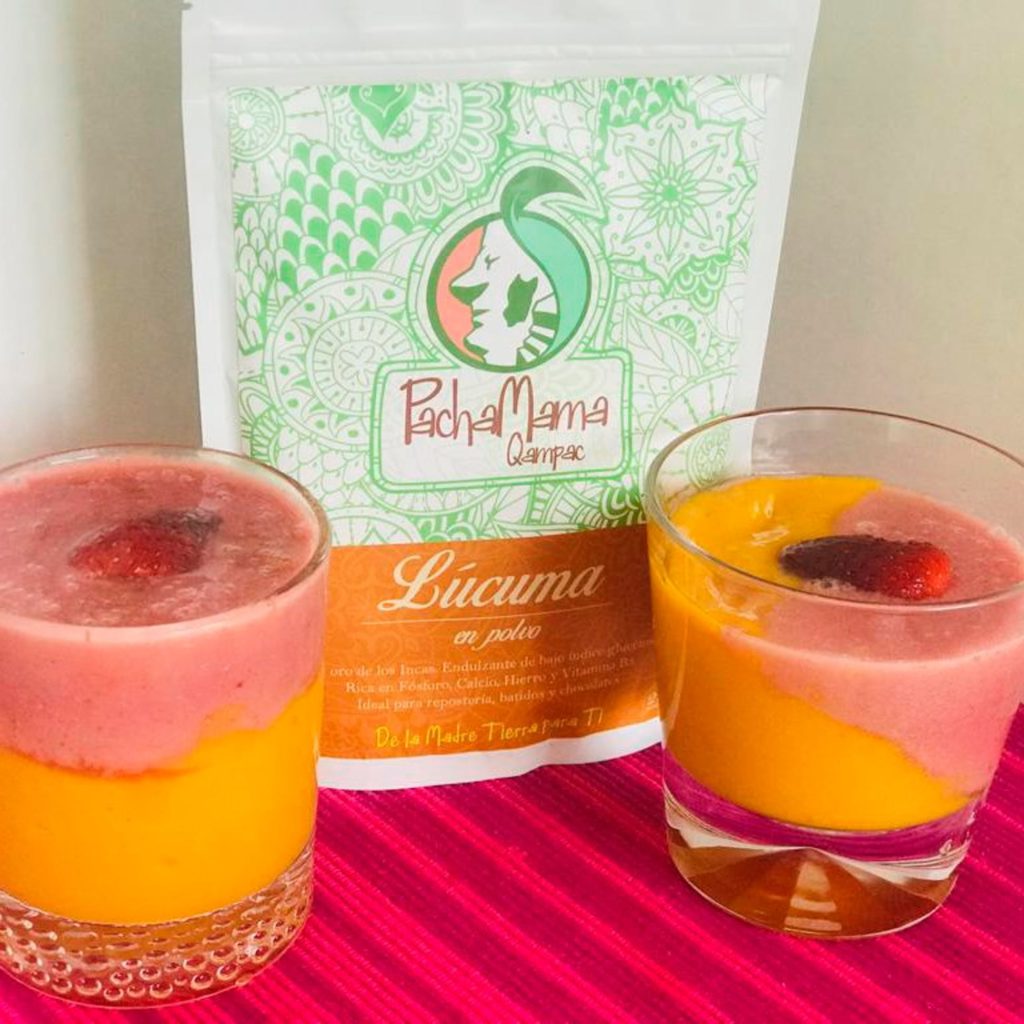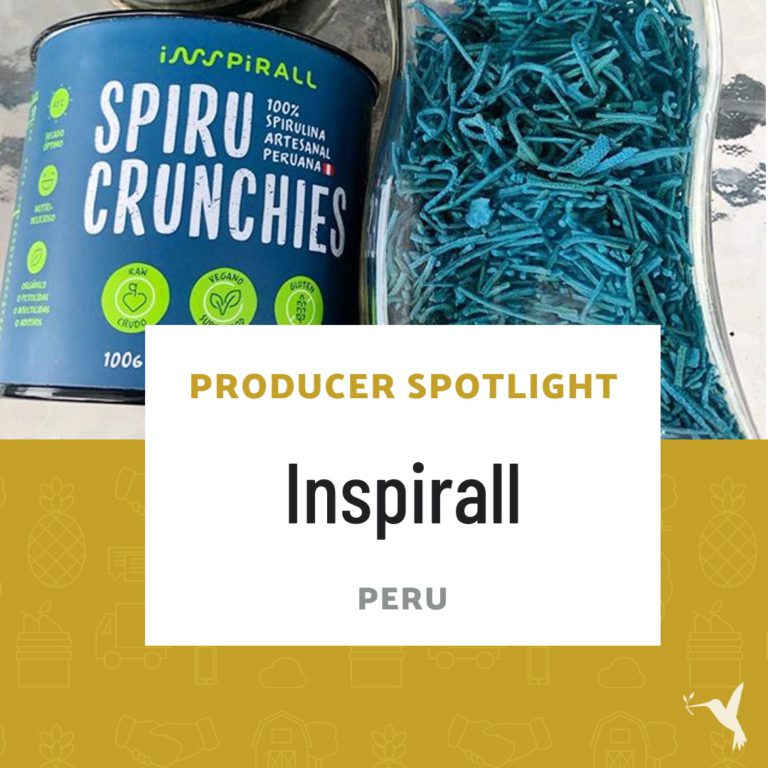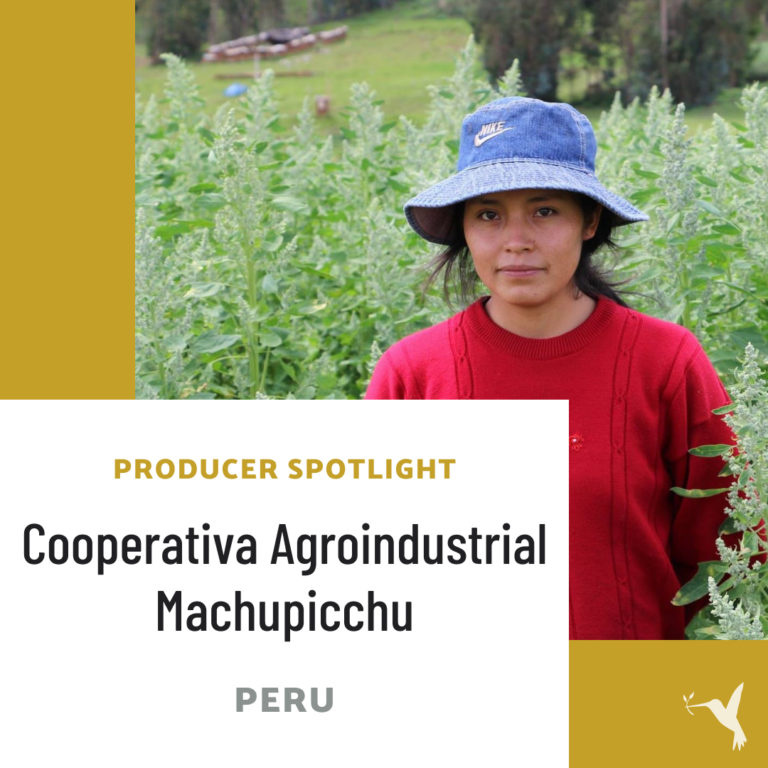How to Use Lucuma: Everything You Need to Know
Origin & History of Lucuma

Centuries ago, in what is now Peru, a beautiful goddess named Rukma (meaning strong and proud woman) lived in the Andean Alto Plano. Rukma rejected every man who proposed to her.
Huatio, a local priest and the father of agriculture, dirty in ragged clothing, was frustrated by her rejections. One hot summer afternoon while Rukma rested in the shade of a Lugma tree, Huatio appeared overhead in the form of a bird and dropped a fruit in her lap that carried his semen. Rukma awoke and ate the fruit, and nine months later, she gave birth to a baby boy.
After a few years passed, Rukma gathered all the men at the center square of the village. The men were eager to comply with the radiant Rukma. When they had gathered, Rukma’s son ran to Huatio and hugged him as a son would hug his father. Rukma’s face went red with shame, and she ran from the square. She fled to the high mountains, where she remained for the rest of her life.
This is the short version of the origin story of sweet lucuma.
We’ll leave the unpacking of gender and social dynamics for another time. The Incas viewed Lucuma as the tree of life and a symbol of fertility. It is native to the Andean highlands, its habitat spanning across Chile, Ecuador, and Peru. People in these regions have been cultivating it for over 2,000 years. The lucuma tree dates back to the Moche people, an indigenous Andean civilization that cultivated lucuma, along with corn, quinoa and beans.
Lucuma was a key source of nutrients in times of drought and famine. The fruit was honored in festivals, used medicinally, and shown artistically as a sacred food.
The ancient fruit was documented in 1531 by European colonizers in Ecuador, and introduced into Bolivia through migrating peoples and trade. Just like with quinoa, the Spanish conquerors had little interest in lucuma, as it was seen as “indigenous food of the local Indians.”
Today, over 26 villages in Peru bear a name that honors of the lucuma fruit. It is still a valuable crop, with people in many places on the continent cultivating and foraging it wild. It also grows in subtropical regions of Vietnam, Laos, Mexico, California, Hawaii, and Costa Rica, where you can mostly find it fresh in local markets. The fruits are not commercially cultivated on a large scale.
Nutrition & Health Benefits of Lucuma
The pulp of the raw lucuma fruit has a subtly sweet flavor and is somewhat dry with a mealy texture. In powder form, lucuma tastes like butterscotch and sweet potato with undertones of maple syrup or caramel.
Lucuma is an excellent source of fiber, contains good carbohydrates, and plenty of antioxidants. Lucuma is a fantastic natural sweetener, too. It has about half the carbs and 75% less sugar than its equivalent in table sugar, and many more vitamins and minerals than artificial sugar substitutes.
In addition, lcuma fruit contains small amounts of vitamin C, vitamin B3 (niacin), beta carotene, potassium, phosphorus, iron, and magnesium. Although these vitamins exist in small quantities, lucuma is still way better than table sugar!
Best Ways to Use Lucuma
Lucuma powder is not as sweet as table sugar, honey, or stevia. As a flavoring agent, lucuma powder adds a hint of sweetness and a distinct maple-like flavor to food. Lucuma powder is a good stand-in for brown sugar, since it tastes somewhat similar. As a general rule of thumb, add double the amount of lucuma powder to substitute for brown sugar. Lucuma powder doesn’t absorb water as well as sugar, so your batter or dough may end up a bit dry. You can always splash in more water or milk to get the moisture level just right.

The slightly sweet taste of lucuma pairs well with more bitter herbal teas or coffee, so just stir it in like you would regular sugar or honey.
Lucuma is also good in smoothies, ice cream, yogurt, oatmeal, chia pudding, and nut milks. To sweeten a single-serving smoothie, use one to two tablespoons of lucuma powder. For a hearty breakfast or snack, add lucuma powder to your oatmeal or chia pudding and top with cacao nibs, coconut shreds, almonds, or cashews.
The most popular way to eat lucuma is probably Peruvian lucuma ice cream! It’s tasty, starchy flesh melts in your mouth with a custard-like flavor. If you are lucky enough to be in Peru during the summer months (January to April), you can find it in most markets.
Lucuma From Our Network
We are lucky to be connected with a couple lucuma producers in South America, and we are proud to feature their products on Producers Market.
K’umara Wayu is a Peruvian company founded in 2014 that offers with its name a union of dialects and cultures. Kumara in Aymara means fruits, and Wayu in Quechua means healthy. From there, the philosophy of a brand was born.
Pachamama Qampac is another brand based in South America that seeks to honor Mother Earth in all they do. They understand that food is what nourishes us as human beings and they aim to contribute to an “awakening of consciousness through food.” Lucuma is one of their products supporting that goal.
The continent of South America, and especially the beautifully rugged Andes, has many treasures to offer. At Producers Market you can find many more unique products like lucuma, learn about the producers behind them, and get a taste of the Andes and other regions around the world.
We’re glad you’re on the journey to food transparency and traceability with us!


